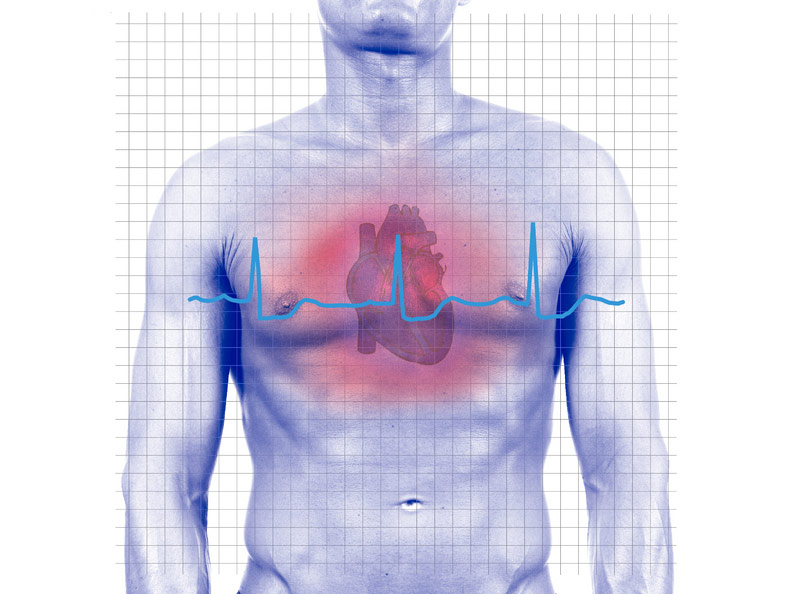Gentler Shock to Out-of-Rhythm Hearts Shows Promise

If you haven't seen a heart restarted in real life, you've almost certainly seen it dramatized on TV. Paddles are applied to the bare chest and the defibrillator shocks the patient back to life. But if a technique reported in a new study continues to succeed, that scene may become a thing of the past. Researchers at Johns Hopkins University have begun investigating whether a different type of electrical shock — one with a higher frequency and lower voltage, based on alternating current instead of direct current — can restart a heart whose rhythm has been thrown off, and avoid some of the subsequent problems the current high-voltage method presents to patients. The researchers say their initial results, based on work performed on the hearts of guinea pigs and rabbits and then on live rabbits, are promising. "There may be a gentler way to terminate dangerous heart rhythms without having to shock the heart with several thousand volts of current," said Harikrishna Tandri, a cardiologist at Johns Hopkins who is one of the study authors. Shock and pain While the high-voltage shock, the only means of restarting the heart now being employed, is often successful, there have been concerns about the use of defibrillators, including the pain of the shock and the possibility of long-term heart damage. "It works most of the time; the downside is it causes damage to the heart muscle and has been linked to increased mortality, increased death," Tandri said.
The new method delivers "lower voltage and a promise of lower pain," said Tandri, who, along with four of the paper's other six authors, is applying for a patent on a device to stop cardiac arrhythmias in this manner. Dr. Douglas Zipes, a former president of the American College of Cardiology, called the study into the use of lower-voltage alternating current very imaginative and well-done. "Conceivably it could be painless, or at least better tolerated than the shocks we use with defibrillators at this time," Zipes said. He said other ideas are being tested with the same aim, to make the heart beat again without the problems that can accompany a high-voltage shock. Recently, some work was published on a method involving a series of lower-voltage shocks, he said. "It's good to see some innovations," Zipes said. The high-frequency defibrillator is still two steps away from human testing. The next step, said Tandri, is to test the device in pigs. Dr. Kenneth Ellenbogen, a professor of cardiology at the Medical College of Virginia and a spokesman for the American Heart Association, said: "Studying something in small hearts is different from studying something in human hearts … particularly those where the heart's enlarged," which is the case for many who would need a defibrillator. "So that all needs to be taken into account."
This story was provided by MyHealthNewsDaily, a sister site to LiveScience. Follow MyHealthNewsDaily on Twitter @MyHealth_MHND.
Get the world’s most fascinating discoveries delivered straight to your inbox.



